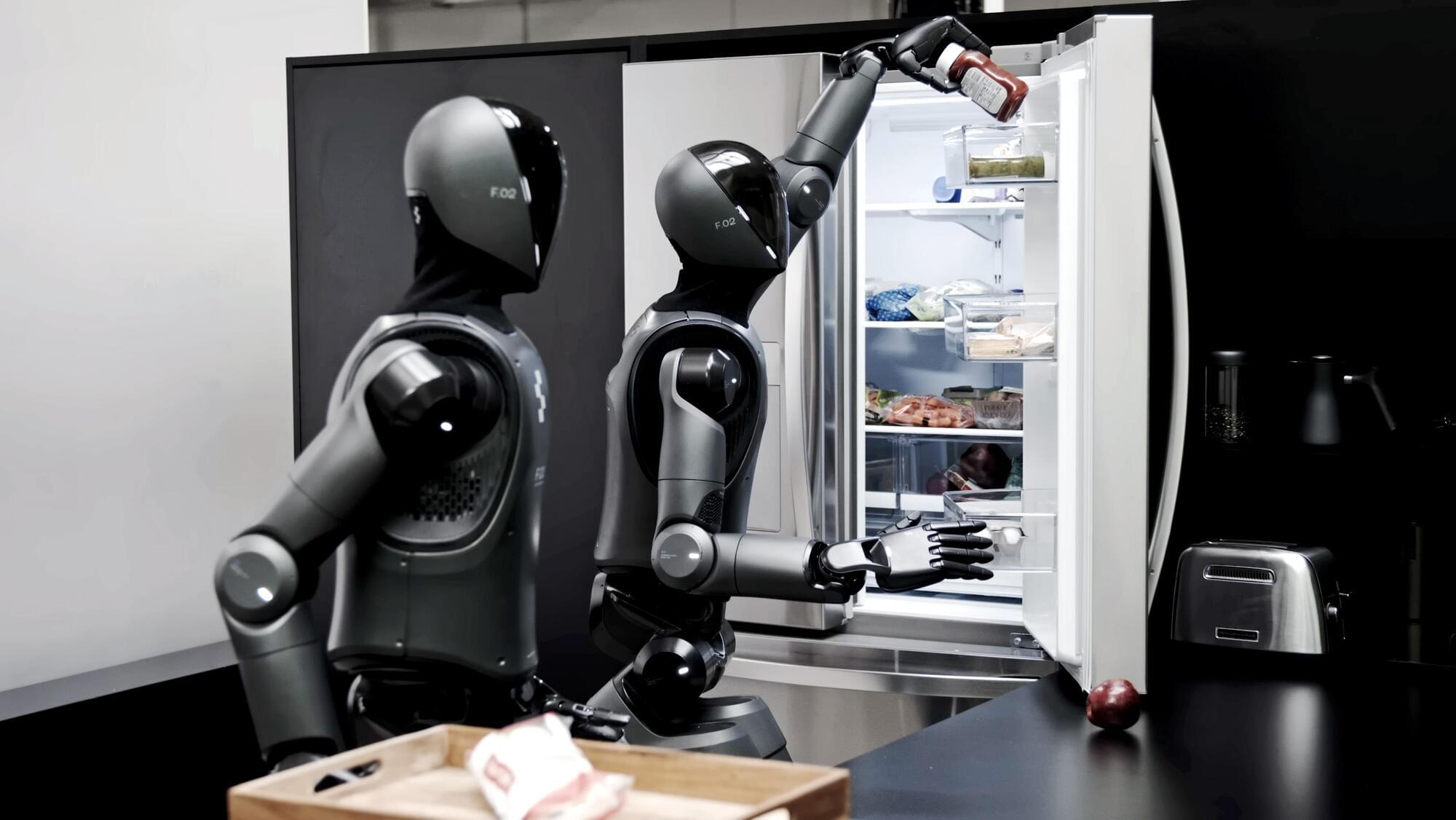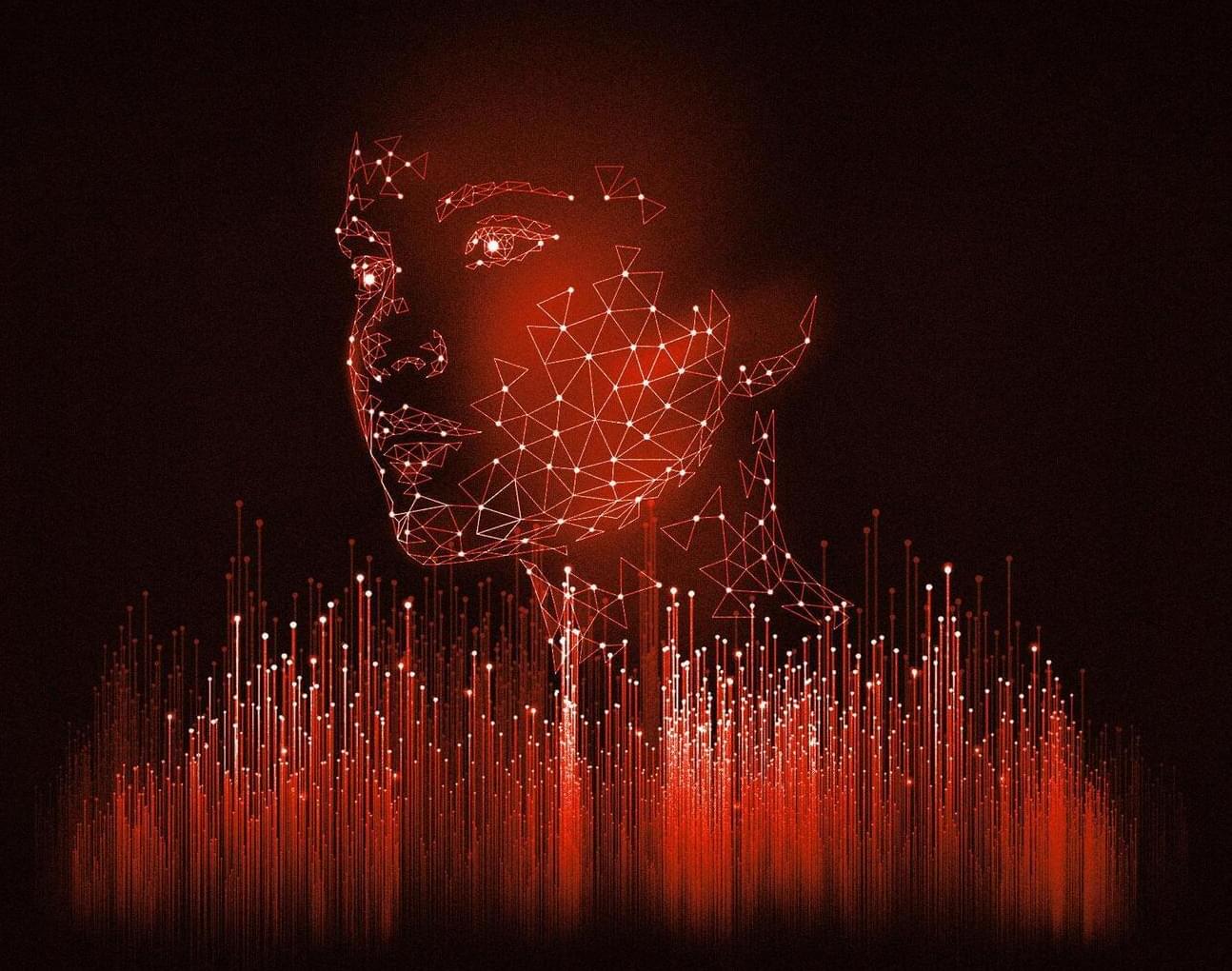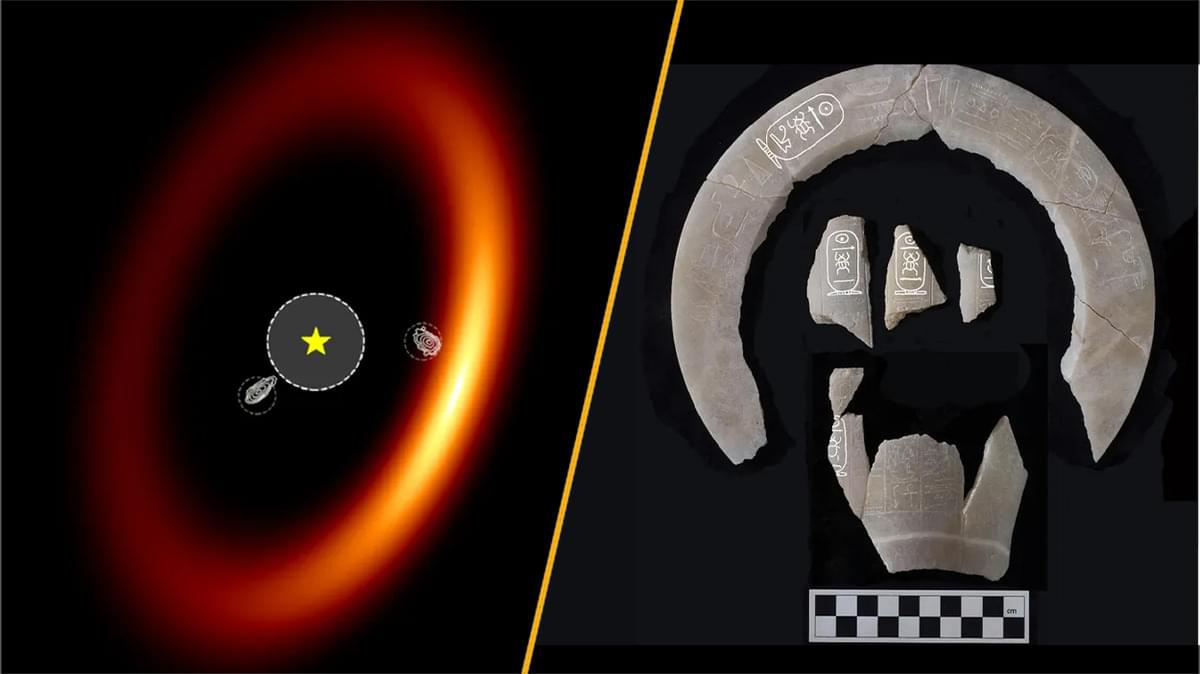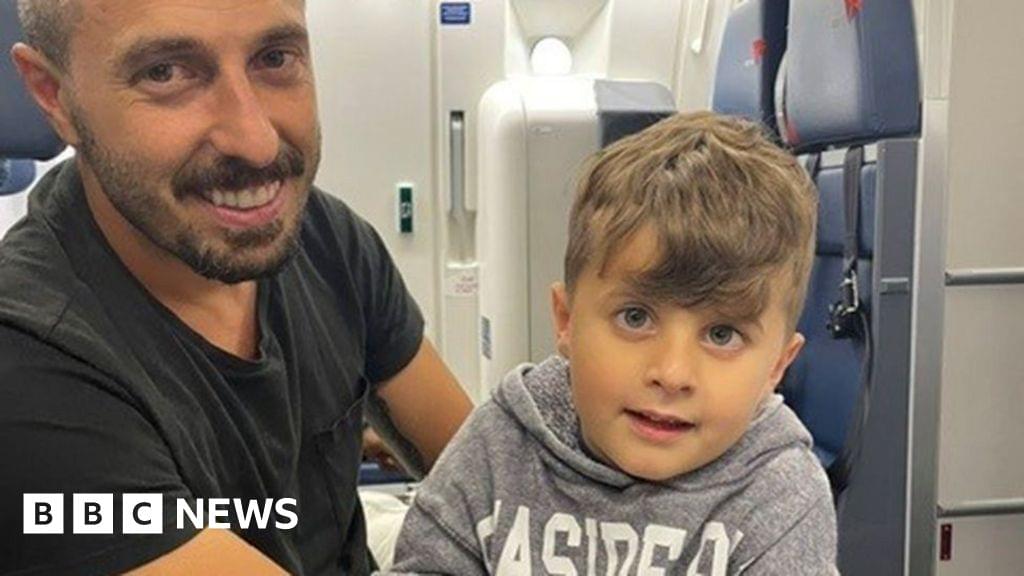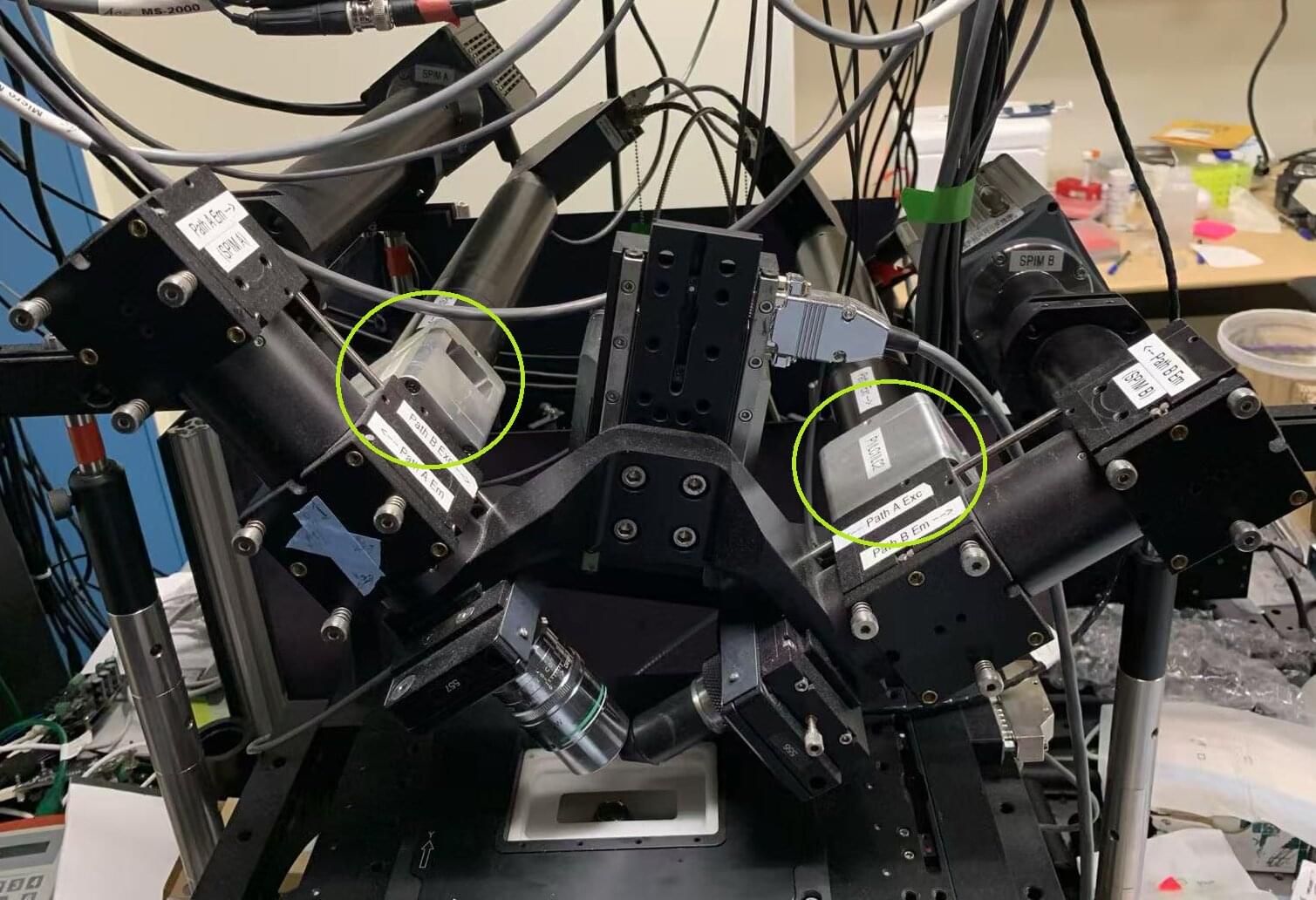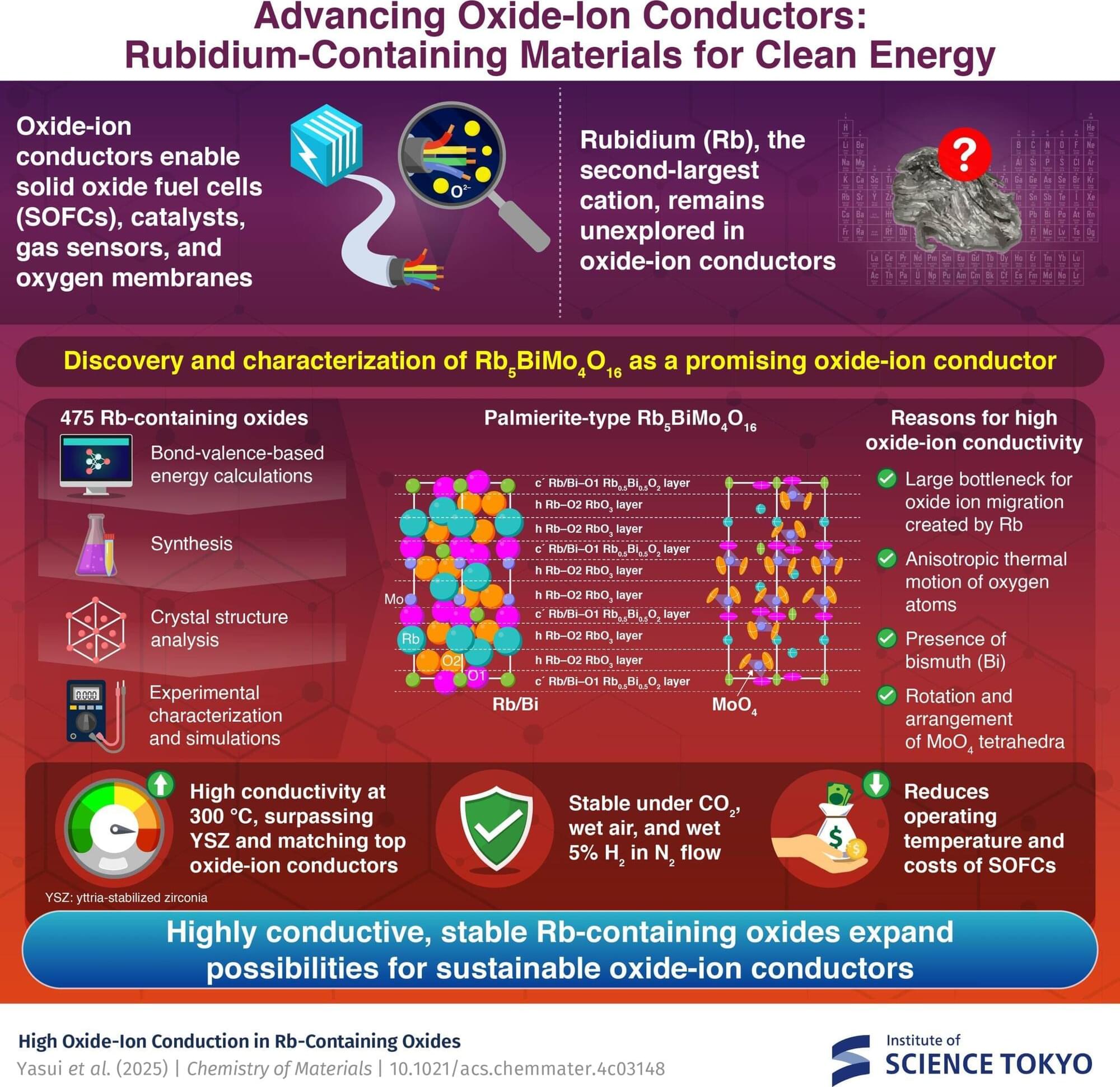Alopecia refers to hair loss and can affect the scalp, eyebrows, eyelashes, and other areas of the body. There are different types of alopecia including androgenetic alopecia, alopecia areata, anagen effluvium, and frontal fibrosing alopecia (FFA). Each form of disease refers to where and how hair is lost. This type of categorization helps physicians best diagnose and treat patients. Frontal fibrosing alopecia was first recognized in the early 1990s and still puzzles scientists and physicians. It is characterized by progressive loss with hair follicles becoming inflamed and destroyed. Eyebrow thinning is also a common symptom along with skin redness and scaling, and wrinkling.
Unfortunately, the cause of FFA is unknown and is a type of scarring hair loss, which means that the hair cannot grow back. This particularly distressing condition is thought to be the result of an autoimmune disorder. Many scientists believe FFA is caused by hormonal imbalances or genetic predispositions. Scientists are currently trying to find ways to cure or permanently treat FFA. Treatment options to date include topical corticosteroids, oral medication, light therapy, and hair transplantation. However, all of these treatments work to relieve symptoms, delay hair loss, or replace hair loss. Since FFA is a chronic condition, symptoms can progress over time and with early intervention, patients can significantly delay hair loss. The lack of sufficient treatment is still a concern, and many researchers are investigating how to overcome this disease and avoid hair loss.
A recent paper in JAMA Dermatology, by Dr. Christos Tziotzios and others, reported a change in two areas of the human genome that can influence alopecia risk. This is a major advance in the field of alopecia and can be used to enhance treatment. Tziotzios is a Consultant Dermatologist and Senior Lecturer at St. John’s Institute of Dermatology in the United Kingdom (UK). He specializes in general dermatology and hair and scalp disorders including FFA in both biological males and females.

